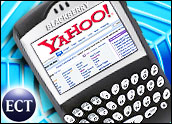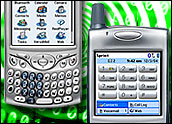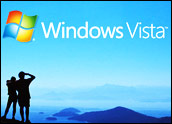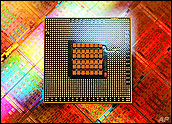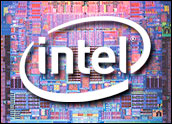
Lagging behind Nintendo in the handheld gaming device market, Sony has shaved some size and weight from the PlayStation Portable (PSP), added more memory and fitted it with a video port.
The new US$200 model will hit stores in September, the company said.
The “more streamlined form factor” version of the popular handheld gaming system will retain the current PSP’s 4.3-inch-wide, high resolution LCD screen, according to Sony. However, the new design will make the PSP easier to carry and hold.
The new design weighs 189 grams, about 33 percent less than the 280-gram current PSP, the company said. It is about 18.6 mm thick, about 19 percent thinner than the 23 mm model now being sold.
Handheld Bigscreen
The new unit will also include a video-out port so the PSP can be plugged into a television. “Adding a video-out port enables new PSP users to experience high quality UMD (Universal Media Disc) Video, pictures and movies from Memory Stick Duo and game software titles on their TVs at home,” said Sony. “Also, the new PSP is equipped with enhanced features to temporarily store game data from UMD, reducing load time during game play.”
One of those changes is an upgrade in the memory. The current models have 32 MB of main memory, while the new ones will have 64 MB. Additionally, users of the new model will be able to charge their PSPs by connecting them, via a USB cable, to their home computers, said Sony. It said the PSPs will come in three colors: “Piano Black,” “Ceramic White” and “Ice Silver.”
Dissed by the DS
Sony’s decision to upgrade the PSP appears to be a reaction to the pummeling the company is taking from Nintendo. That company’s portable gaming device, the DS, outsold the PSP by more than 8 million units during the year ending in March, according to reports.
When it comes to upgrading their portable devices, Nintendo beat Sony to the punch. It released a lighter version of the DS last year.
The announcement about the new PSP comes quickly on the heels of another by Sony — the decision to cut the price of the PlayStation 3 — seen as a move to gain ground on competitors.
While observers generally welcomed the PSP changes, particularly the reduced game-loading time, the fact that the unit will still use Sony’s proprietary memory left some — including Parks Associates gaming analyst Michael Cai — underwhelmed.
“It didn’t get me excited at all,” Cai told TechNewsWorld. “Everybody was looking for onboard flash drives for some local storage, but Sony is just not giving up their idea on the proprietary format. Maybe they are hoping to sell more memory.”
The fact that the PSP will now be more svelte also did little to invigorate Cai. He said that, despite the new unit’s lightness and slimness, “the form factor is similar … there’s nothing exciting about it.”
Big Plans, Little Unit
The PSP was first launched in 2004. By March it had sold 25 million of the devices and 100 million software titles for it, Sony said, adding it plans to “further expand the PSP platform and create a new world of computer entertainment with innovative and exciting new titles” including more than 140 new software titles.
The “Piano Black” model will be part of the “Core Pack,” said Sony. The “collector’s edition” silver PSP will be included in the “Daxter PSP Entertainment Pack” and the white one, including a Darth Vader silk screen on the unit, will come with the “Star Wars Battlefront PSP Entertainment Pack” launching in October, said Sony.

